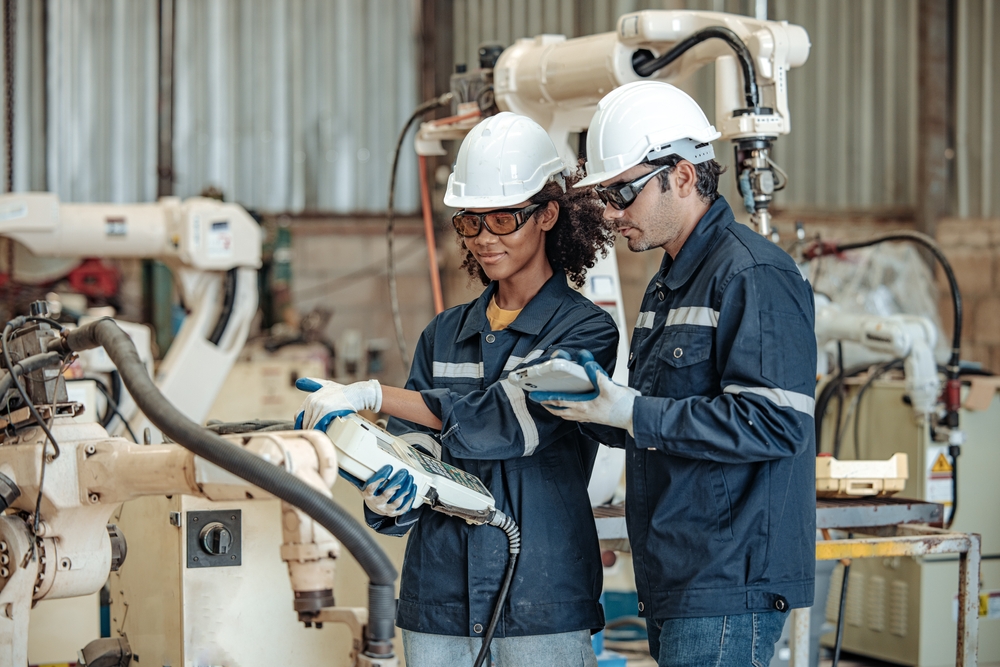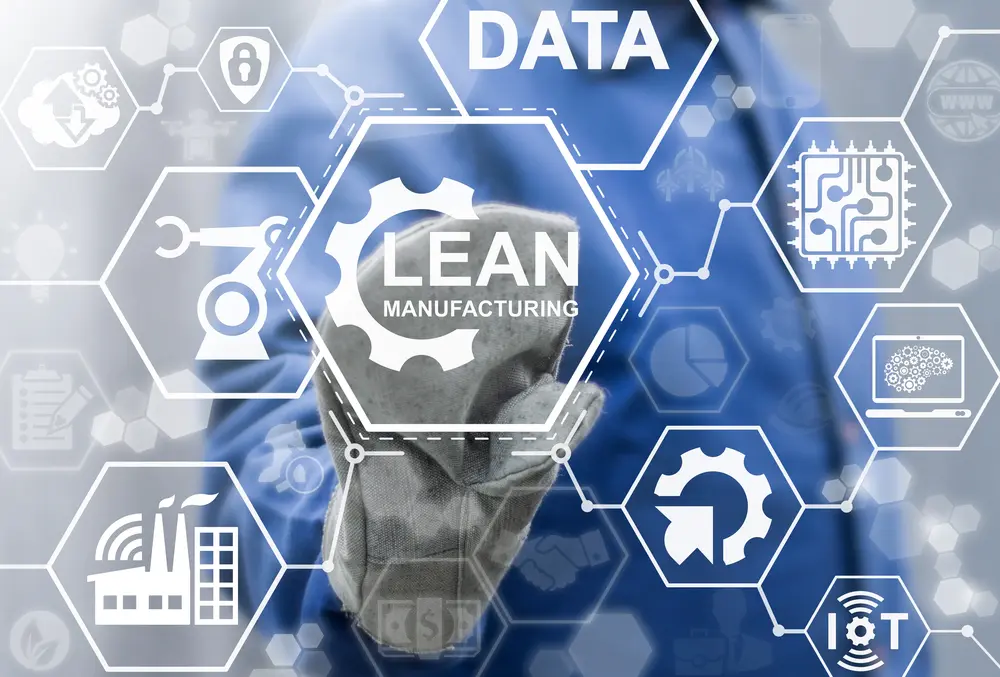5S Lean Manufacturing Principles for Everyday Business:
Lean manufacturing is a production methodology that systematically eliminates waste and defects in the production process while maximizing productivity. It is a 21st-century philosophy that’s quickly changing how manufacturing companies operate, streamlining their operations and increasing productivity.
Many industries (not just manufacturing) can use this style of manufacturing to decrease waste, improve quality, and increase customer satisfaction. In addition, they have been proven to be more reliable, efficient, and less costly than traditional methods.
As part of a continuous lean manufacturing process, or improvement program, many manufacturing facilities have chosen to adopt a “5S” workplace organization methodology and realized they are often key to achieving success.
So, before you start implementing these 5S lean principles into your business, it’s imperative to know how they function so that you can make the most out of them.
Read on to find out why the “5S” methodology is important in the workplace to keep things moving and flowing.
The 5S Work Organizational Principle
Do you know that implementing 5S is one of the simplest ways to get your company started with Lean? (Remember lean is the ideology of maximizing productivity while simultaneously minimizing waste.)
However, practicing 5S necessitates full employee participation and provides many benefits. In this article, we will go over the top benefits of implementing the 5S strategy in your company.
Before we get into the benefits of 5S, let’s look at what it is.
The 5S Process
5S is a five-step process for creating a safe and well-organized workplace. All employees in the unit participate together which often results in fostering a positive culture within the company.
The 5S steps include:
1. Sort
Removing all of the clutter from the workplace. This step involves distinguishing between essential and non-essential items in the workplace and getting rid of things that aren’t needed.
Here, objects that are in doubt are marked for the team to sort one more time and ultimately decided where they belong. This first stage aims to clear out clutter and create a sustainable clean workplace.
2. Set in Order
Setting everything in order helps for organize in an efficient and ergonomic manner. During this process, organize materials based on their intended use and purpose.
Everything has its place, and everything is in its place. The goal is to organize the workplace area and arrange items to promote efficient workflow.
3. Shine
Clean the work area so it is neat and tidy. Although this one may sound simple, sometimes the simplest items on a list are often overlooked.
Take the time for cleaning and inspection, keeping the workplace dust-free, cleaning the machines daily, and repairing leaks and abnormalities will ultimately increase productivity and throughput. The goal is to keep everything tidy so that the work of the moment remains the primary focus.
4. Standardize
Set standards for a consistently organized workspace and establish standard guidelines. Create Visual Indicators, SOPs, Shadow Boards, and other tools to make the above three points easier to follow by all employees in the company.
5. Sustain
Work to create an environment where everyone adheres to the 5S principles every day. In order to keep a sustainable pace, you may want to consider regular audits, internal competitions, rewards and recognitions for employees who contribute to the 5S’s long-term viability.
The 5S lean principle is easy to understand but can be challenging to implement. It necessitates participation from everyone in the organization, from the top management to the lowest level employees.
By offering a systematic framework for organization and tidiness, 5S assists businesses in avoiding lost productivity due to unplanned downtime or delayed work.
5S is a popular and widely used lean tool when it comes to lean manufacturing and workplace improvement. It should come as no surprise that 5S can boost workplace efficiency, lower costs, and improve quality.
While working to implement a 5S program, do not forget the human factor to make sure the new programs are adopted by the works and ultimately make their workspaces safer and less cluttered.
The Safety of the workers is crucial especially in manufacturing work. As a result, many facilities add a sixth step to the 5S cycle, which they refer to as “6S” — with Safety.
Safety is not a sequential step like the first five. Instead, it must be considered during each of the subsequent steps. It is challenging to argue with the fact that Safety isn’t one of the most important areas to consider when reviewing all the steps.
5S can be adapted to fit into any workplace from manufacturing to the office. The key for success will be the adoption and ability for employees to adapt and fit it into their regular workflow. Remember that a workspace free of clutter is one where productivity can soar, and the employee culture can thrive.
CCO cannot and does not provide legal advice. It’s important to consult with qualified counsel before adopting any new policies. It’s also your responsibility to determine whether legal review of work product is necessary prior to implementation.




